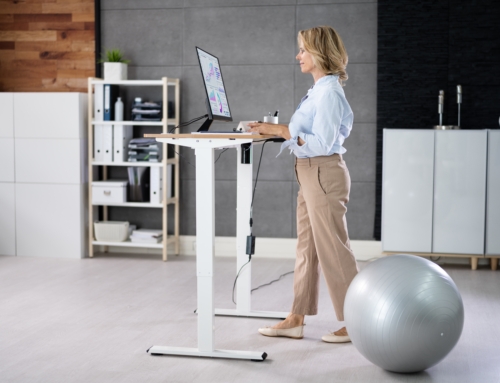We do it every day. When we sit in a chair or use the restroom. When we pick something up or duck under something else. When get in and out of a car. Basically, you will be squatting your entire life, so let’s start doing it properly now!
First, I would like to share that there are many different ways to squat safely and effectively, but to keep things simple we will talk about the traditional strength technique that is used for loaded squats:
1) Your feet should be shoulder width apart or slightly wider than shoulder width. Think of grounding your feet to the floor and “screwing” them in to the ground, in a way that creates a little bit of externally rotating torque out from your feet up through your hips.
2) Initiate the movement by hinging at your hips and reaching them back to load up your glutes/hamstrings. The squat is a hip dominant movement, but many people start the movement in their knees, and end up with shearing through the knees instead of a nice glide through the hips.
3) Get in to the habit of inhaling on the way down to a knee flexion of about 90 degrees, or as low as you can comfortably go with a neutral spine. (Neutral spine is defined as when both your Anterior Sacro-Iliac Spine and your Pubic bone are in the same plane. In other words, if your pelvis tips too far back OR too far forward, you’ve gone out of neutral spine.) Some people can go “ass to grass” on the squat and not lose spine stability; for others, getting to even 90 degrees at the knee might be tough because of strength and flexibility deficits.
4) As you are descending into the squat, externally rotate your knees out. This will create torque and assist with adding stability to the knee joint.
5) Exhale on the way back up and repeat!
Some common mistakes we see clients make when squatting–these are just to name a few:
*Letting the knees droop in towards the centerline of the body (what we would call a Valgus position.)
*Loading mostly into the dominant hip, and letting the other hip sag or sway out to the side.
*Losing head posture, by letting the head drop to look at the floor.
*Initiating the movement with the knees. This is a big no-no!
*Inverted breathing, where the exhale is on the way down and the inhale on the way up.
And some clients forget to breathe entirely!
Why do we squat? Here’s the deal: We train so that we have the functional strength to do the physical things we want to do, live our lives to the fullest, and try to stay away from injury if we can. This means it’s a good idea to learn how to properly do repetitive movements that we will be doing for life!
Learn to squat with confidence and then do it well in everyday life whenever you get the chance. Solidify a quality squat so when you’re 90, you are still rocking and rolling!
Namaste
Daniel


